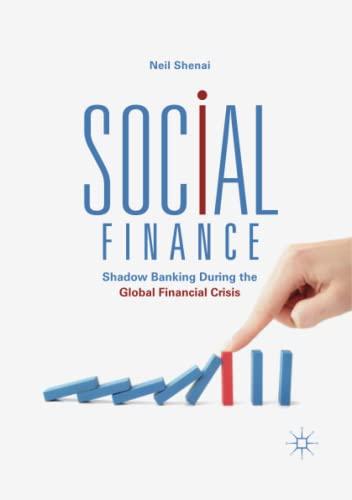cks A and B have the tollowing probability distributions of expected tuture recurns: a. Calculate the expected rate of return, TA, for 5 tock B(TA=12.20%0) Do not round intermediate calculations. Round yout answer to two decintil iblaces. b. Calculate the standard deviation of expected returns, os, for Stock A (a0=20.16%.) Do not round intermeskate calculiations, Rounid your ariawer to two decimal places. es. Now calculate the coefficient of veriation for Stock B. Do oot round interm cdiate calculatons, Round your answerto two decimal places. Is it possible that most investors might regard 5 tock B as being less nisy than Stock A? 1. If Stodk B is less highly correlated with the market than A, then it might have a higher beta than 5 ock A, and herice be more risky in a portfolio sense. II. If Stock B is more highly correlated with the market than A, then it might have in higher beta thon Stock A, and hence tie less nisky in a portolio sense. 111. If Stock B is more highly correlated with the market thon A, then it might have a lower beta than 5 tock A, and hence be less isky in a nortfolio sense: TV. If Stock B is more highly correlated with the market than A then it might have the same beta as Stock A. and hence be just as risky in 3 portiolio serse. V. If Stock B is less highly correlated with the market than A, then it might fave n lower beta thain Stock A, and herice be fest risky in a portolio rense. c. Assume the risk-free rate is 1.5%. What are the Sharpe ratios for Stocks A and B7 Do not round intermediate calculotions, Round your answers to four decimal places. stock A: Stock B; Are these calculations consistent with the information obtained from the coefficient of variation calculations in Part b? 1. In a stand-alone risk sense A is more rishy than B. If Stack B is less highly correlated with the morket than A, then it might have a higher beta than Stock A, and hence be more risky in a portfolio sense. 11. In a stand-alone risk sense A is less risky than B. If stock B is more highly correlated with the market than A, then it might have the same beta as Stock A, and hence be just as risky in a portolio sonce. III. In a stand-alone risk sense A is less risky than B. If stock B is less highly correlated with the market than A, then it might have a lower beta than Stock A, and hence be less risky in a portfolio sense. NV. In a stand-alone risk sense A is less risky thon B. If Stock B is less highly correlated with the market than A, then it might have a higher beta than Stock A, and hence be more risky in a portfolio sense. V. In a stand-alone nisk sense A is more risky thon B. If Stock B is less highily cortelated with the market than A, then it might have a fower. beta than Stock A, and hence be less risky in a portiolio sense








